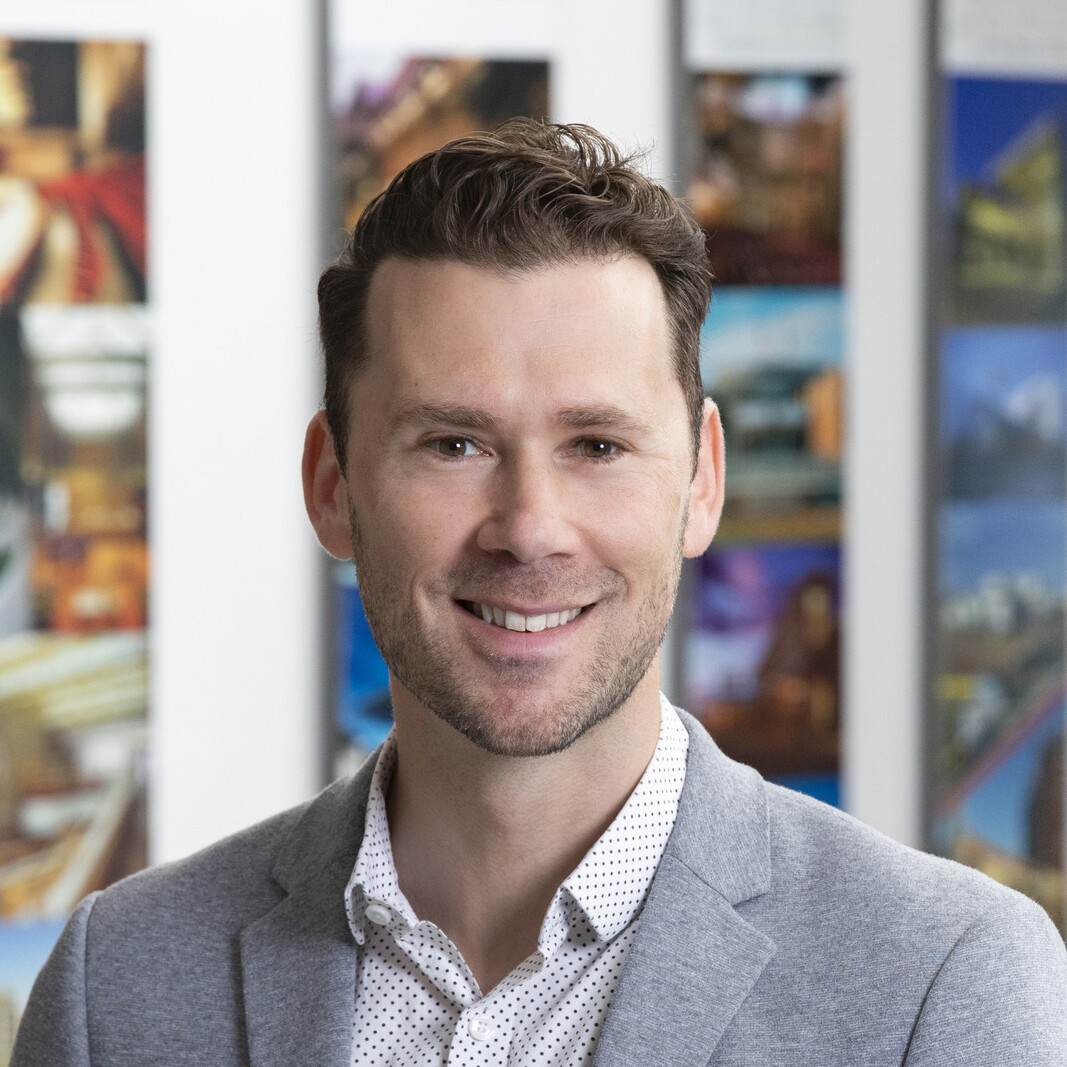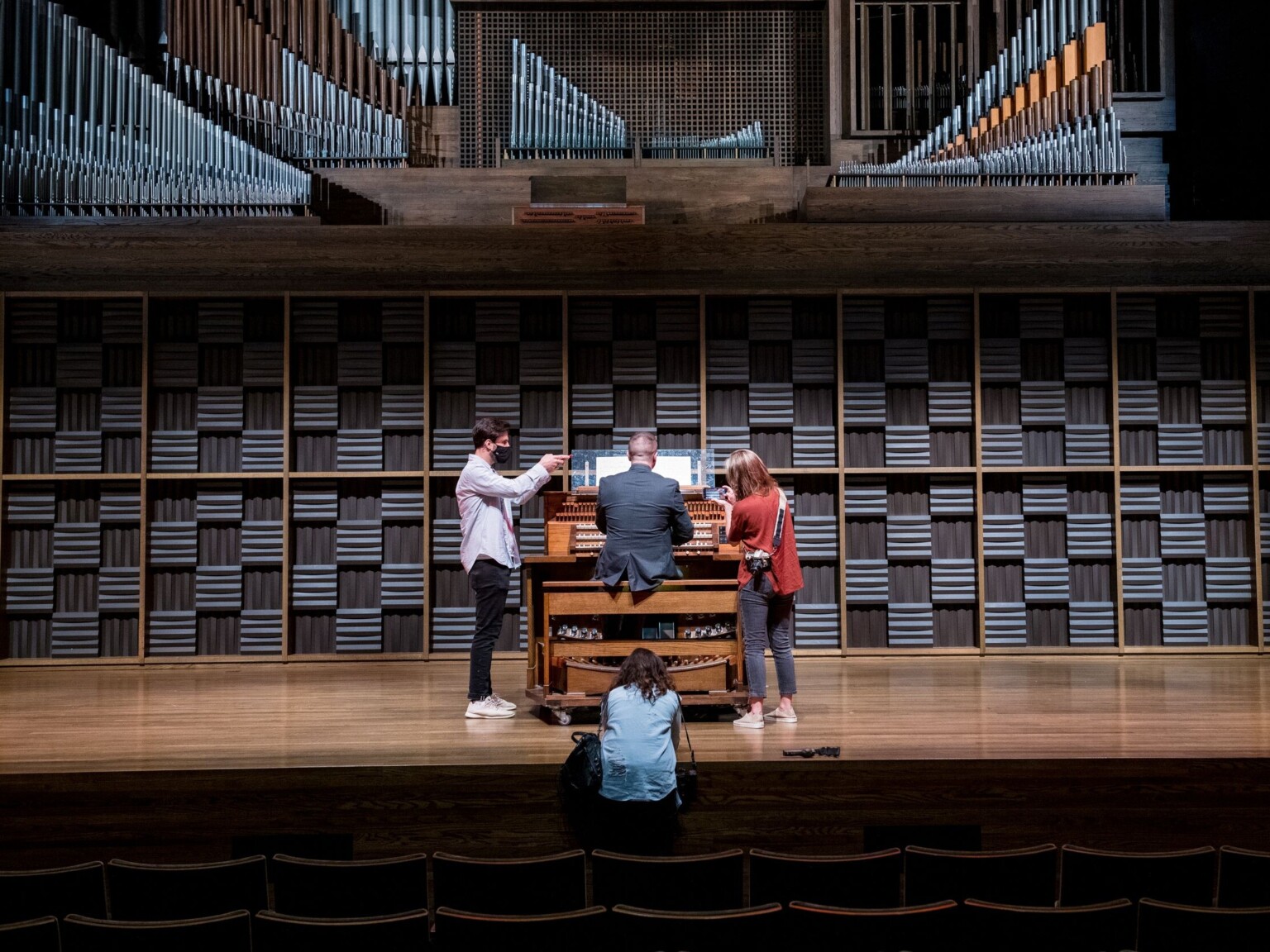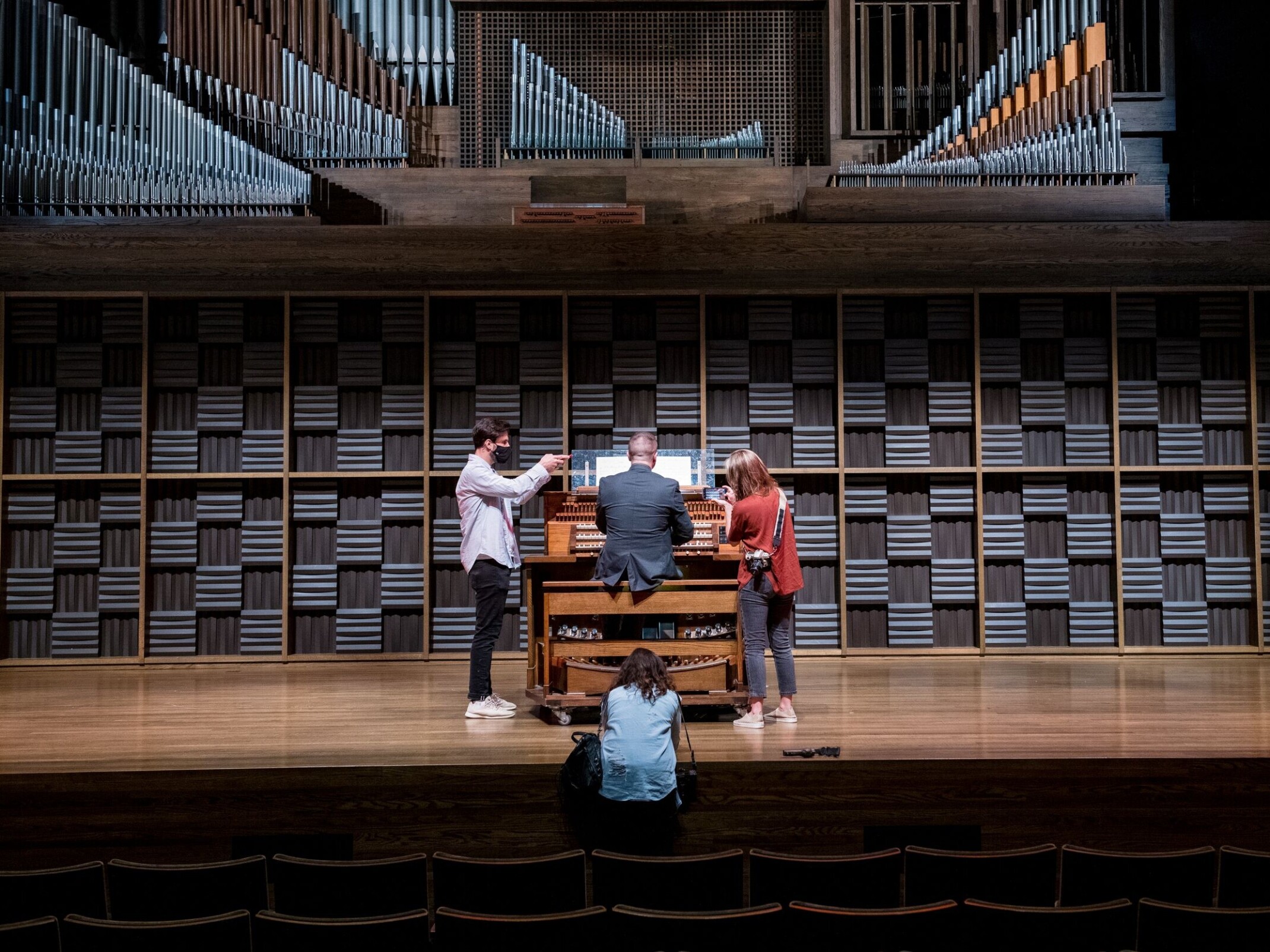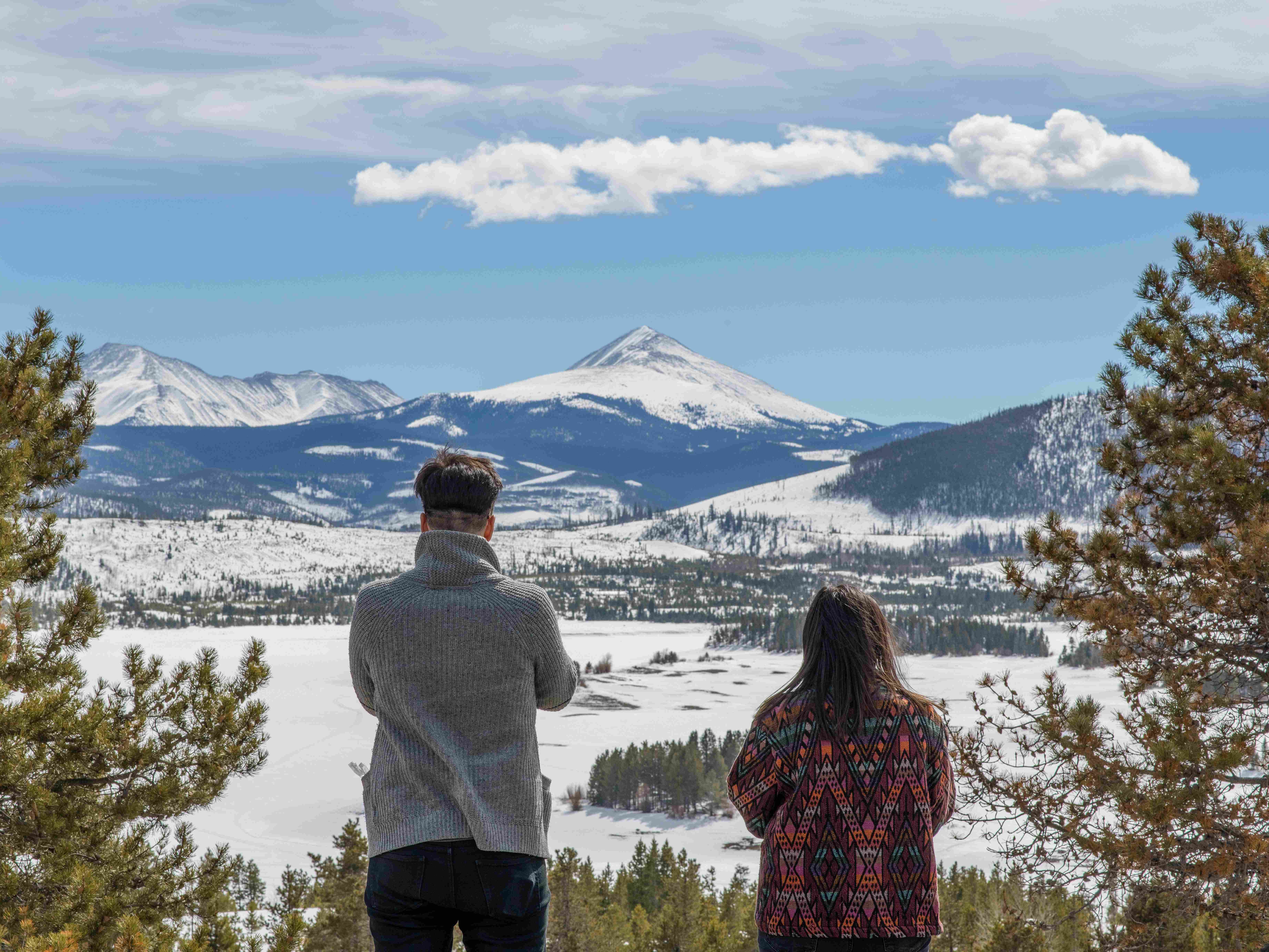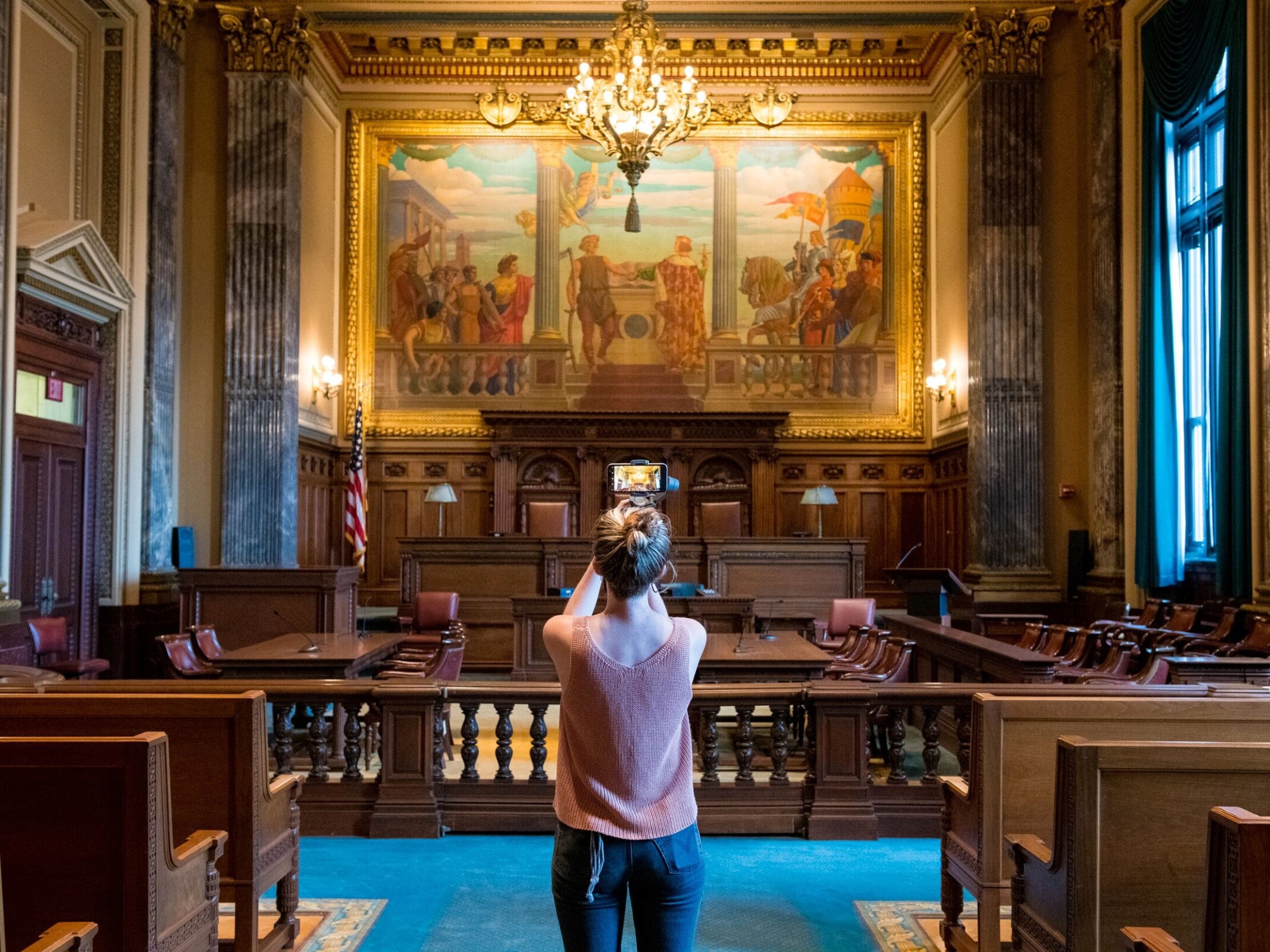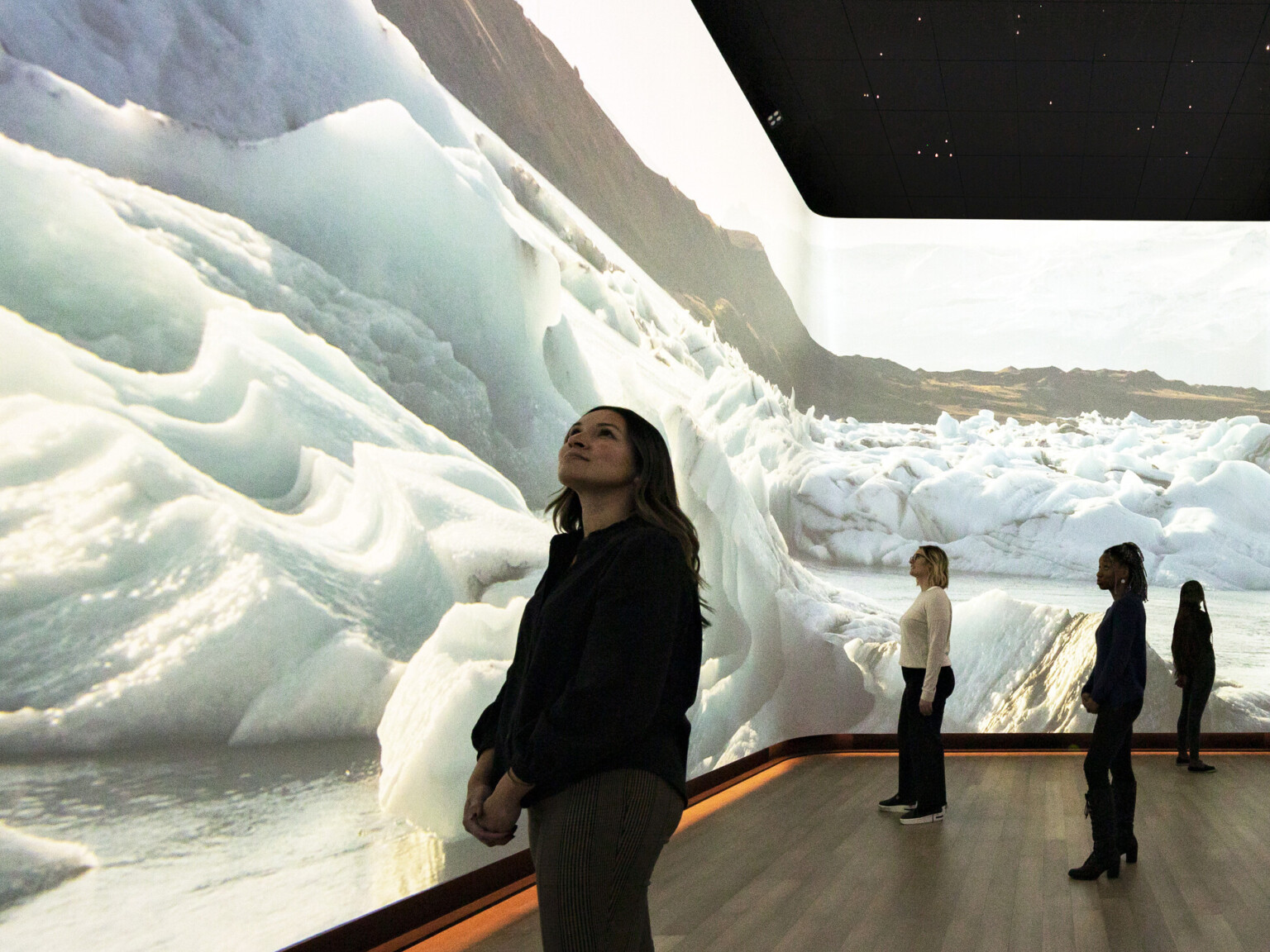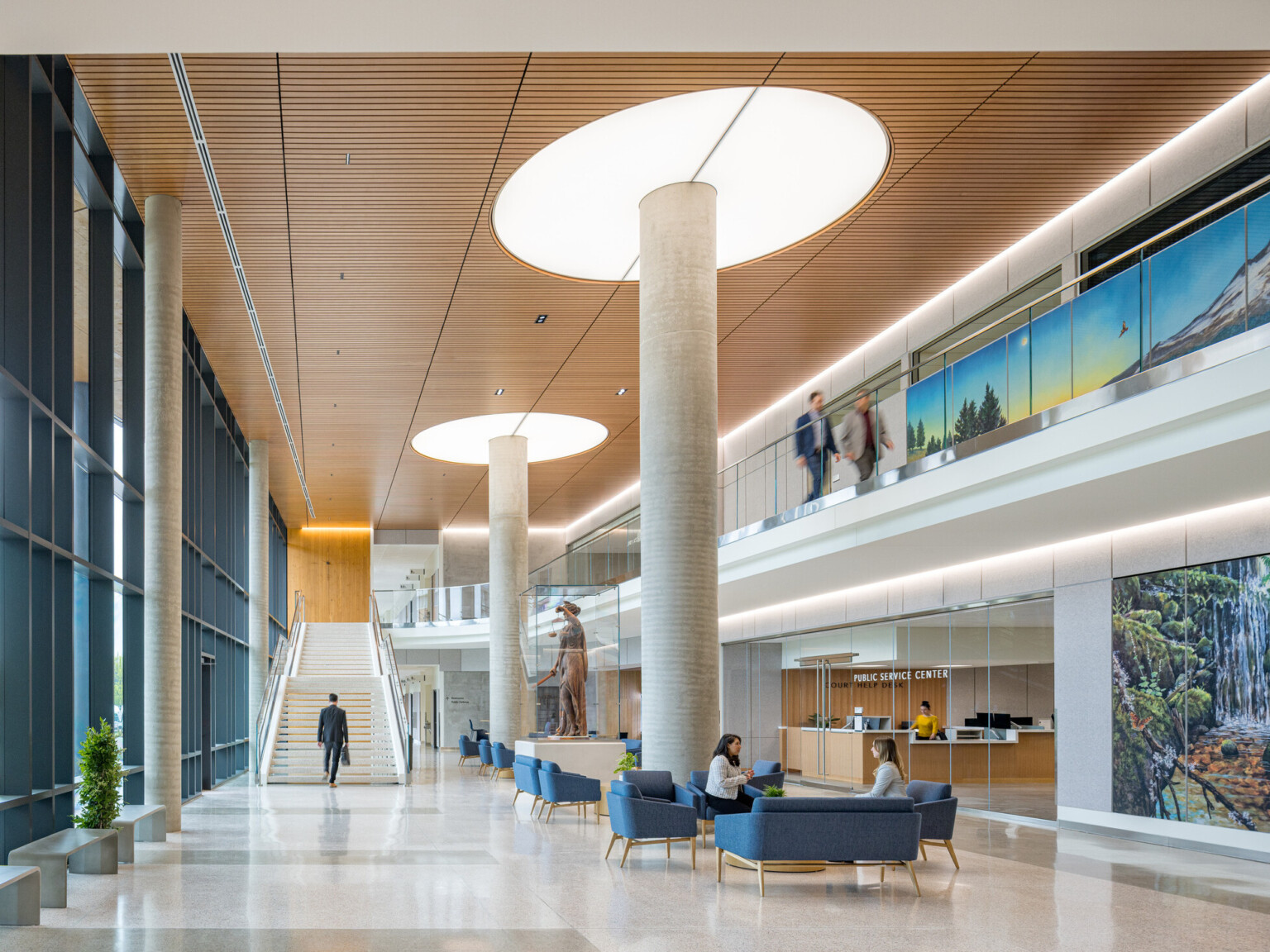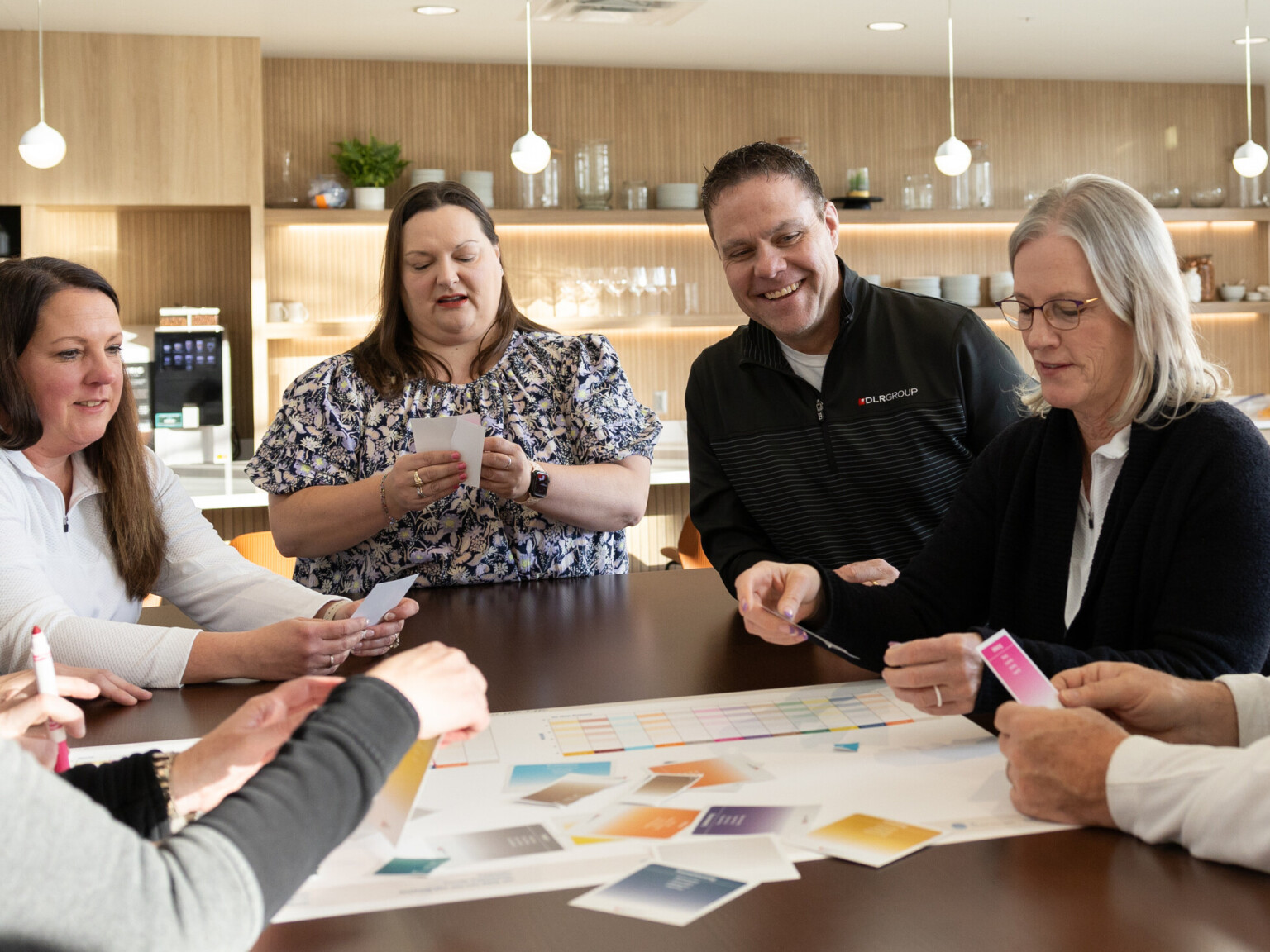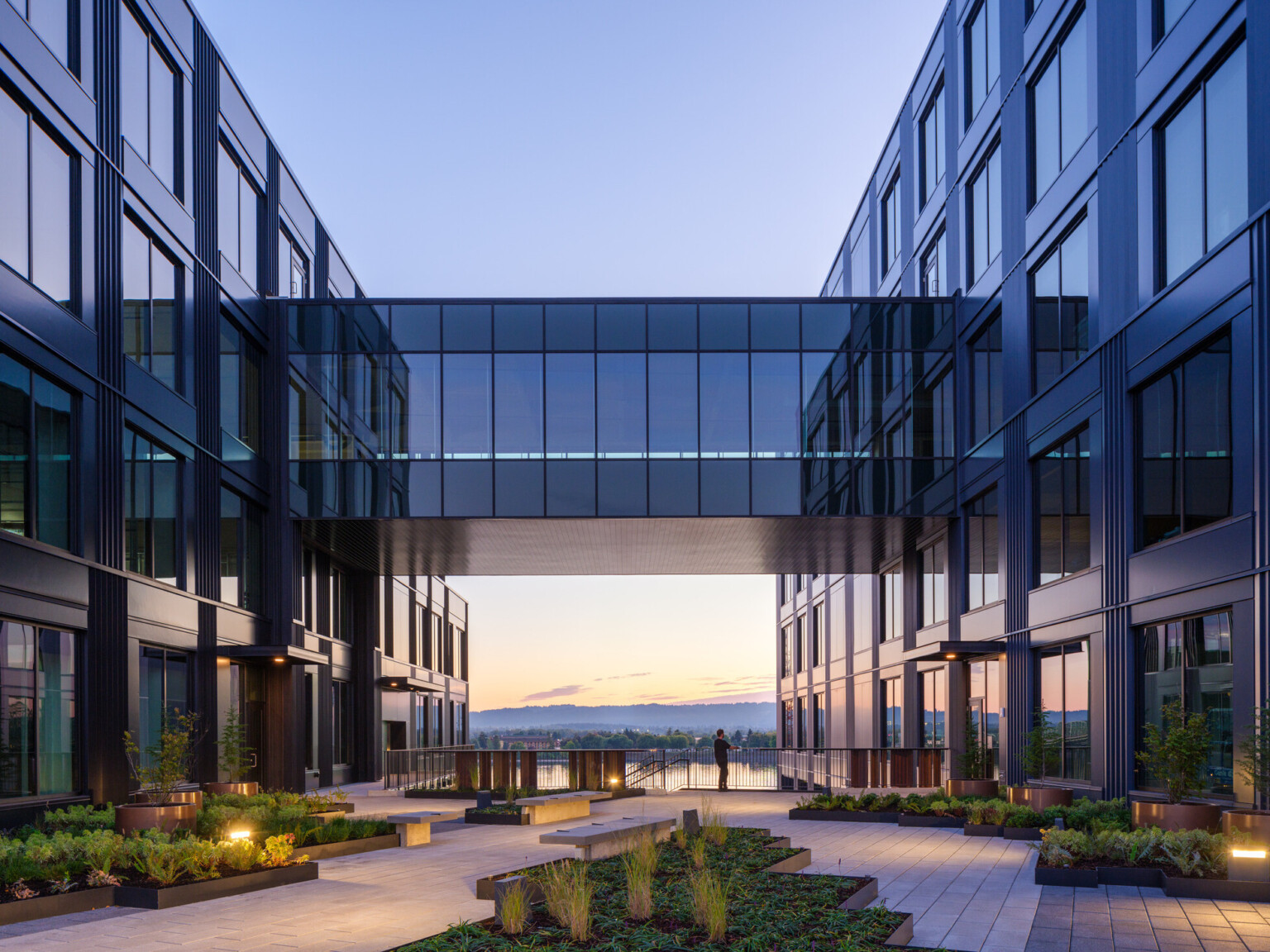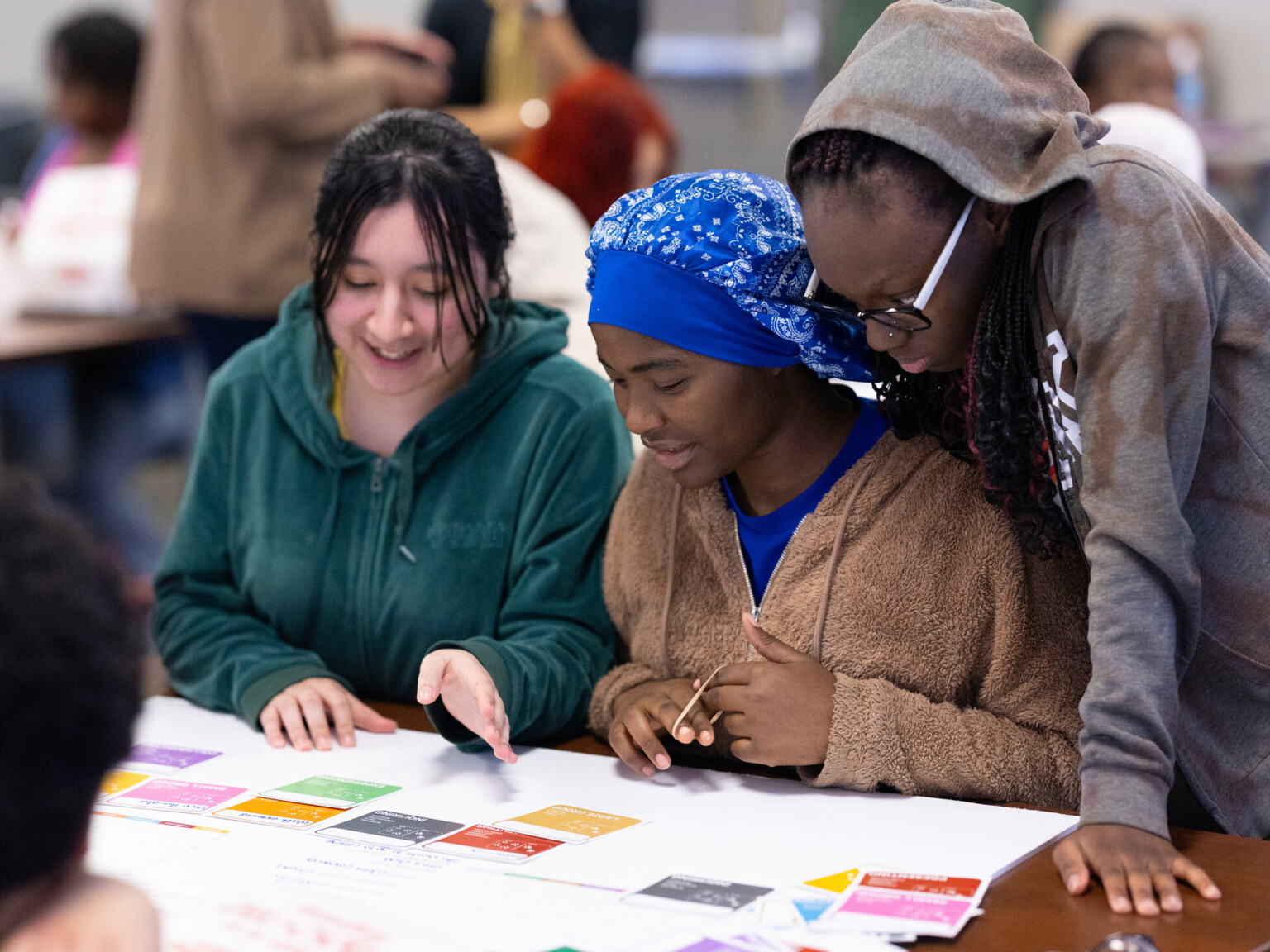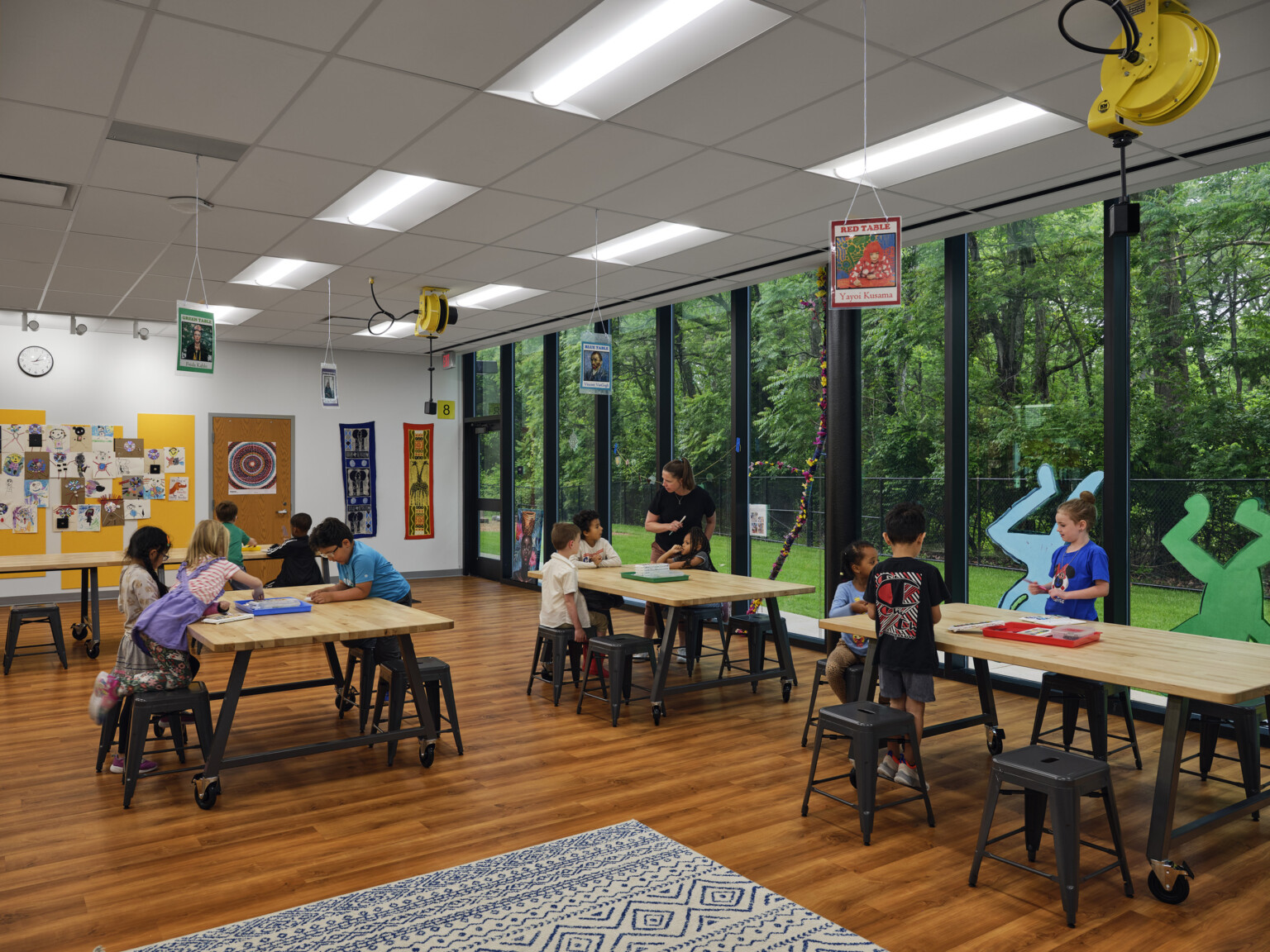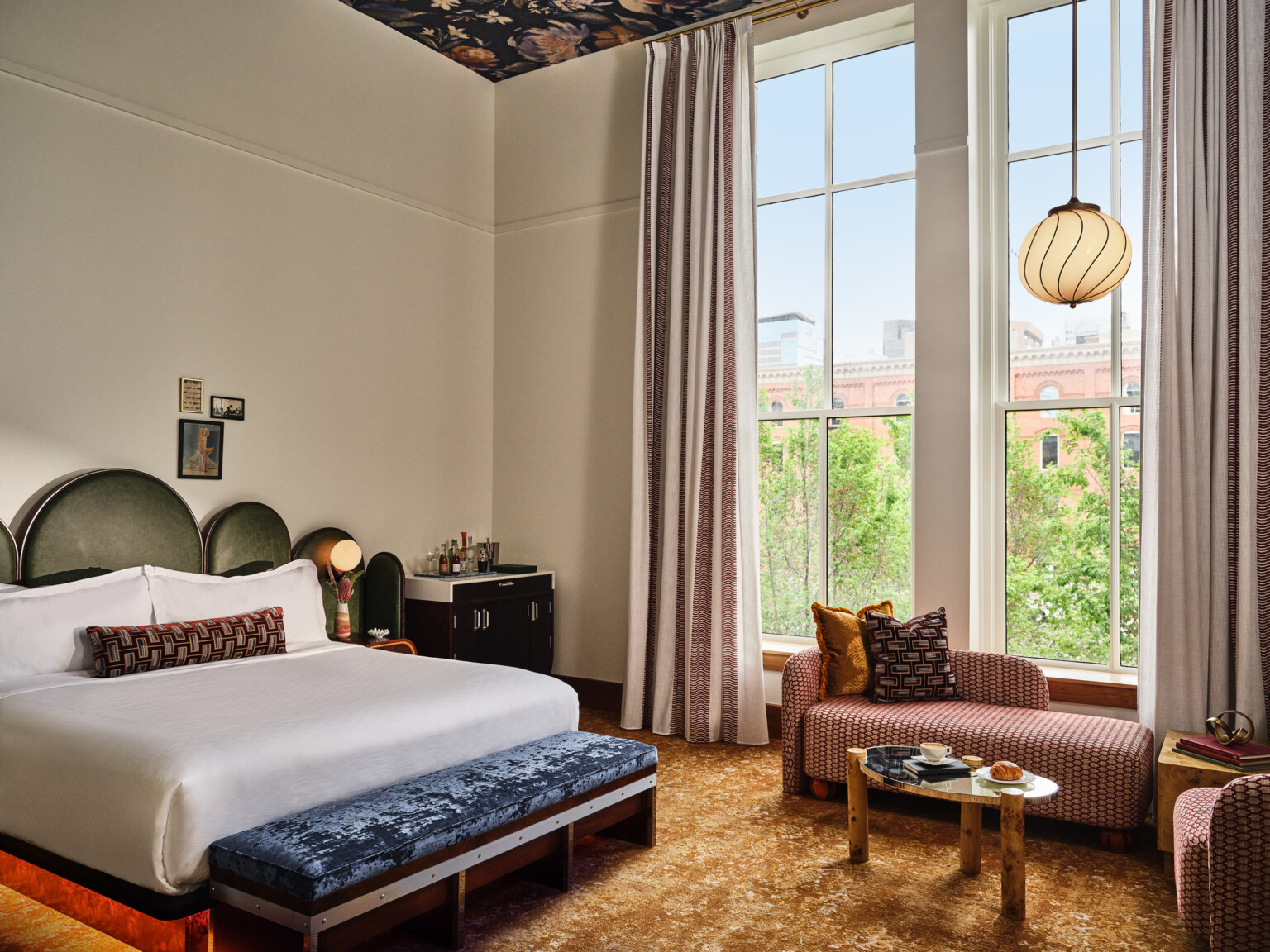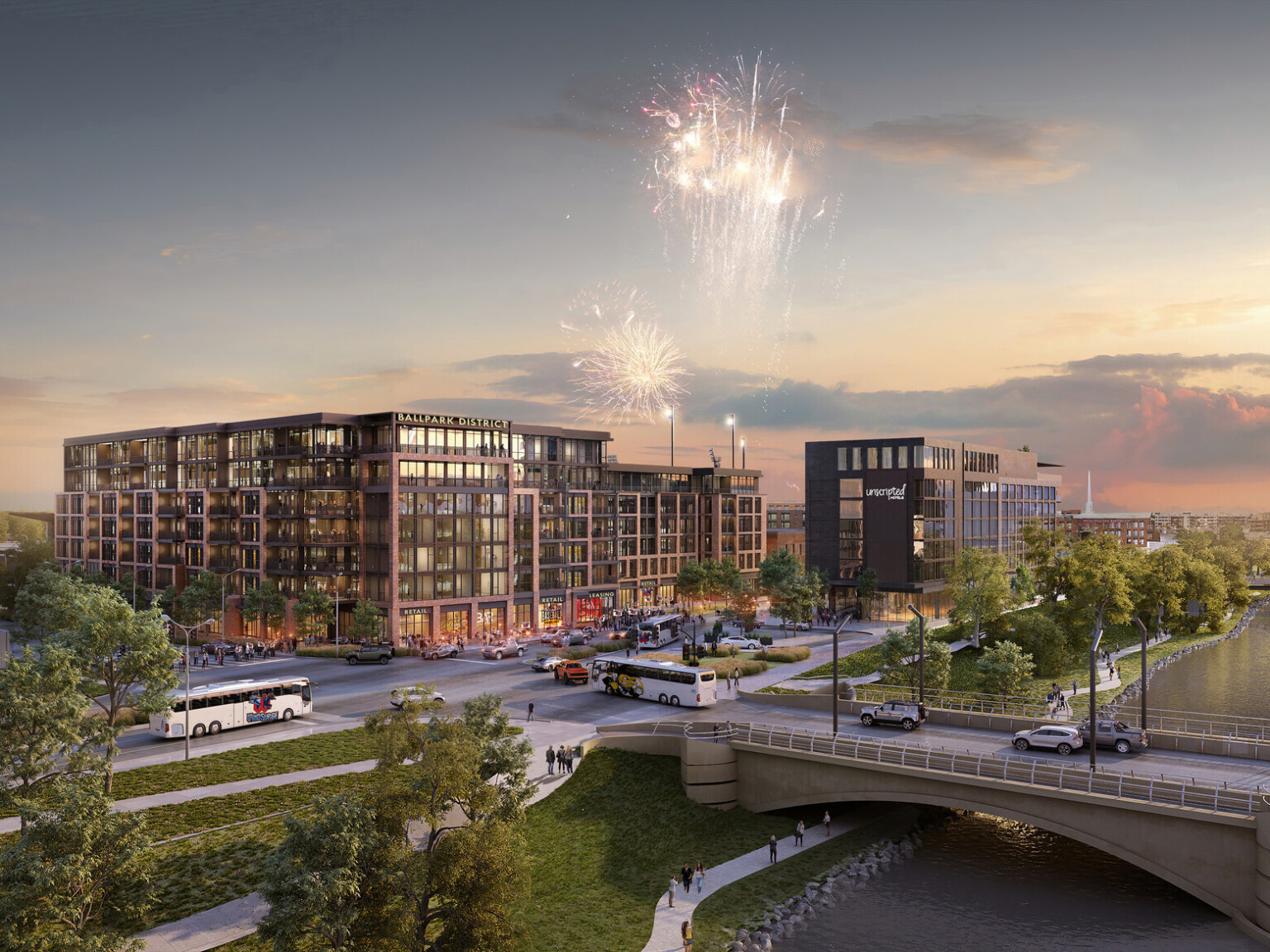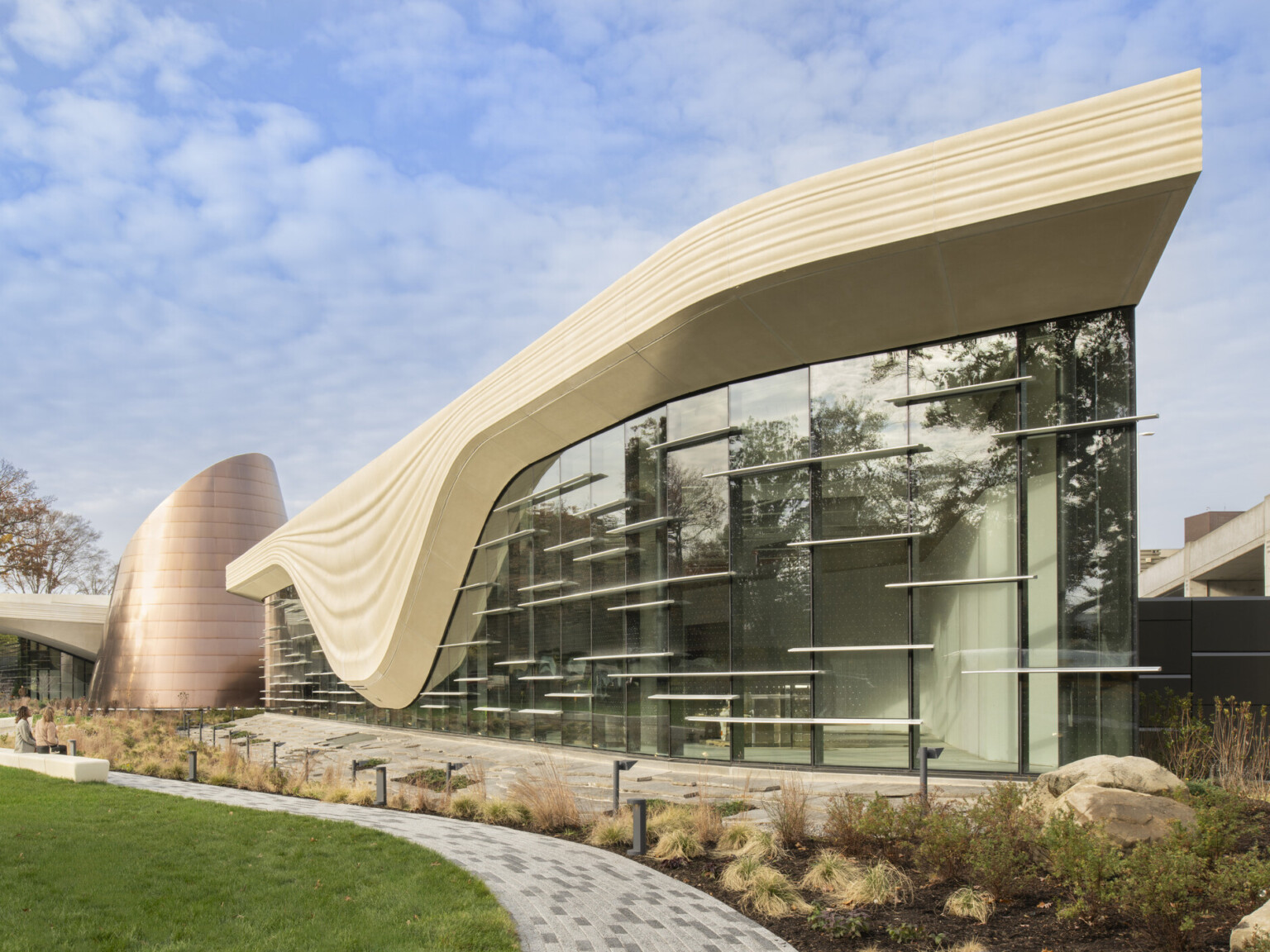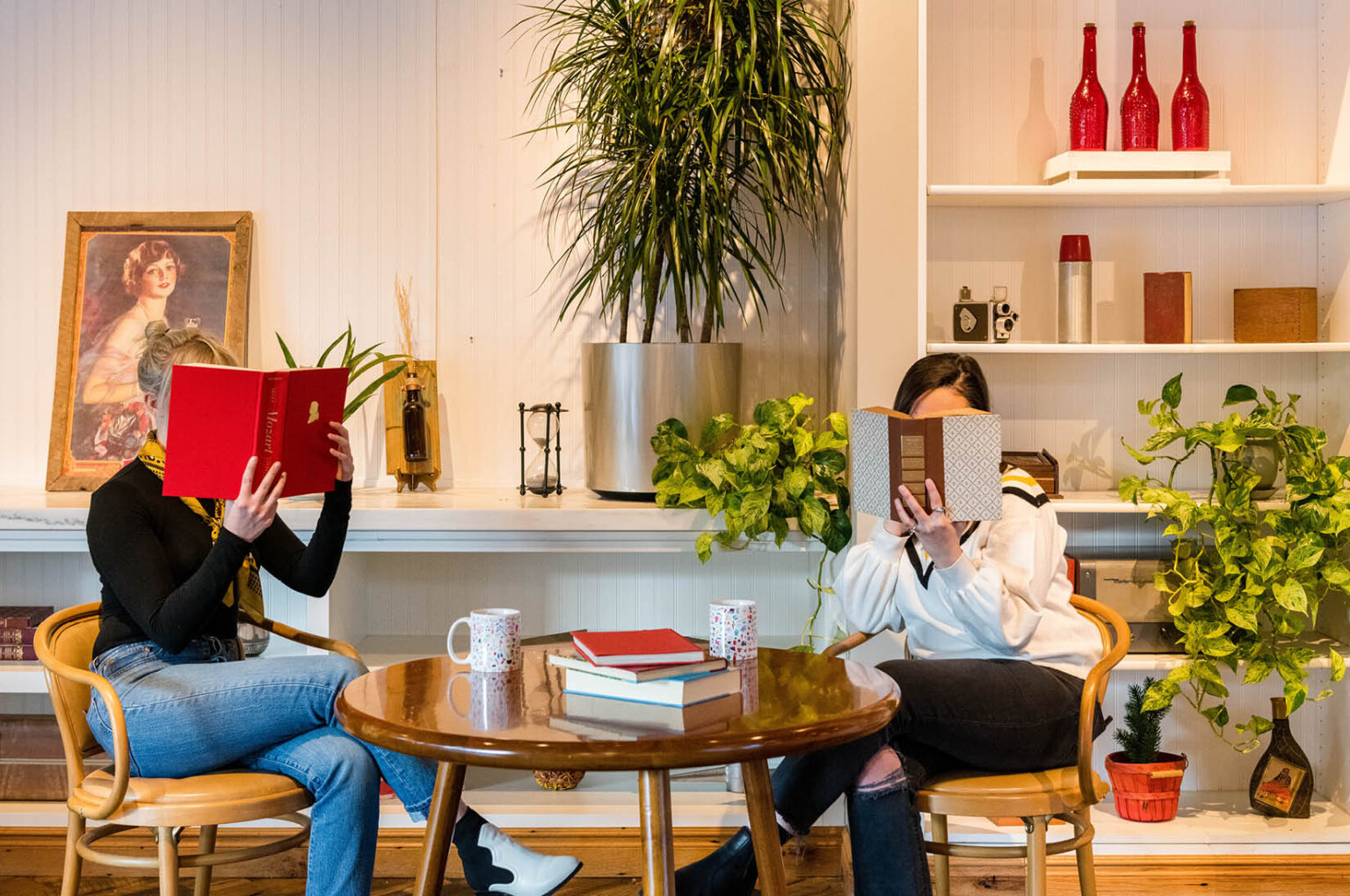
A Likely Pairing
How did AWA start?
WK: The project started as a simple travel bucket list for me and my wife, Amanda, who has since become my partner-in-crime in all things AWA. Once a day, I would post a location that looked as though it had been plucked from a Wes Anderson film, but these were very real places with very real stories. In a short period of time, a thriving and vibrant community grew around the idea. What started as an Instagram account quickly grew to encompass a website with hundreds of long-form stories and videos, a newsletter with never-before-seen content, events across multiple continents, and a New York Times Bestselling book that today has 500,000 copies in print in seven different languages.
What have you learned over the years?
WK: For starters, a great deal more about architecture and design than we ever thought we could! I like to refer to myself as the “lowest common denominator” in terms of our audience, so if I am interested and engaged, then I know that our community will be too.
Within this interest, we’ve discovered our community’s desire to peel back the layers of information on a place. AWA can tell the story from the LCD angle – capturing a wide audience with the history and placemaking stories. However, to deliver on this desire to learn more, we need knowledge and experience from the design world, and that’s where you all come in.
Cue AWA x DLR Group. But before we get to what we do together, can you tell me the story of how we started?
WK: On the fateful day of June 3, 2020, our Instagram account received a DM from DLR Group along with a plethora of photos that were reminiscent of Wes Anderson’s style. We took one look and knew we needed to connect.
What do we do together?
WK: In short, we share design stories together. But we know it’s a bit more complex than that. We have an evolving partnership in that we are unafraid to try new things. We are willing to break out of our collective comfort zone – in terms of storytelling, themes, locations, and more – that have challenged both of us to push the envelope.
- We go on Adventures together to create Guides for your travels, like in Washington, D.C., Cleveland, and throughout Colorado;
- We tell groundbreaking stories of places in history, like the earliest school to allow women to study in classes;
- We garner awareness for the impact design has on our planet, including the positive impact mass timber has;
- We share beginnings and endings.
The list goes on. The point is that DLR Group understands that the design industry lives in the deep end of the pool, if you will, with a vast technological understanding of design, architecture, engineering, and more whereas the public is sunbathing on the lounge chair by the tiki bar. They may enjoy the beauty of a location at face value, but how do we get them to come a bit further? We’ve created a way to tell our stories together that brings people to water to dip their toes in, maybe even wade in the shallow end, and for some, go diving.
You only have a handful of partners, but we imagine AWA gets approached all the time. How do you manage your partnerships?
WK: The AWA community is multifaceted. Some come for pretty pictures, some come for stories, some come for architecture. To serve our community in the best possible way, we curate our partners in the same way that we curate our content and, therefore, the photos and stories that we share. We approach it with fun, passion, curiosity, and honesty. We are such a small, tight-knit team that we want to work with a small group of partners. Ones that we can call out of the blue with an interesting, sometimes-off-the-wall idea, those that understand our overall mission to serve our community and can help us do that in a more meaningful manner, while maybe sharing a laugh or two along the way. Our overall aim is to build long term relationships, not fill line items on a spreadsheet.
Since that first Instagram DM, we’ve felt all these things with DLR Group. And, since design is very relevant to the AWA community, we knew a designated partner to help tell that story was what our community deserved.
Why do you think our partnership has been so successful?
WK: Coming from someone who does not know a lot about architecture (remember, LCD), the way that DLR Group approaches design is truly human. Sure, brands have their taglines and mission statements, but we’ve seen your promise to elevate the human experience through design day in and day out. And your focus on adaptive reuse, preservation, and sustainability fit perfectly with the stories AWA tells.
Even more, the fact that your firm is employee-owned really caught our eye. It’s like an Instagram comment we received on our Rocky Mountain Road Trip Adventure:
We believe it’s because of the passion your designers have for what they do and who they do it for. From the very beginning, I have personally said, “I want everyone who has a hand in AWA – big or small – to be incredibly excited about their participation,” because I believe if you do it with a smile, and you enjoy what you do, that positivity comes through your work. And so, it’s our shared values that put a capital T in front of trust in our partnership to match the capital C for our community and capital T for our tiny team.
DB: I hear a lot about how much our employee-owners love our partnership, and how much they look forward to seeing our stories out there. We share this same sentiment and value the reach that AWA has. Your platform reaches so many that it introduces the Architecture/Engineering/Construction industry to those who may not otherwise get that exposure. It’s imperative that we diversify those going into our industry, and that starts with an introduction to it.
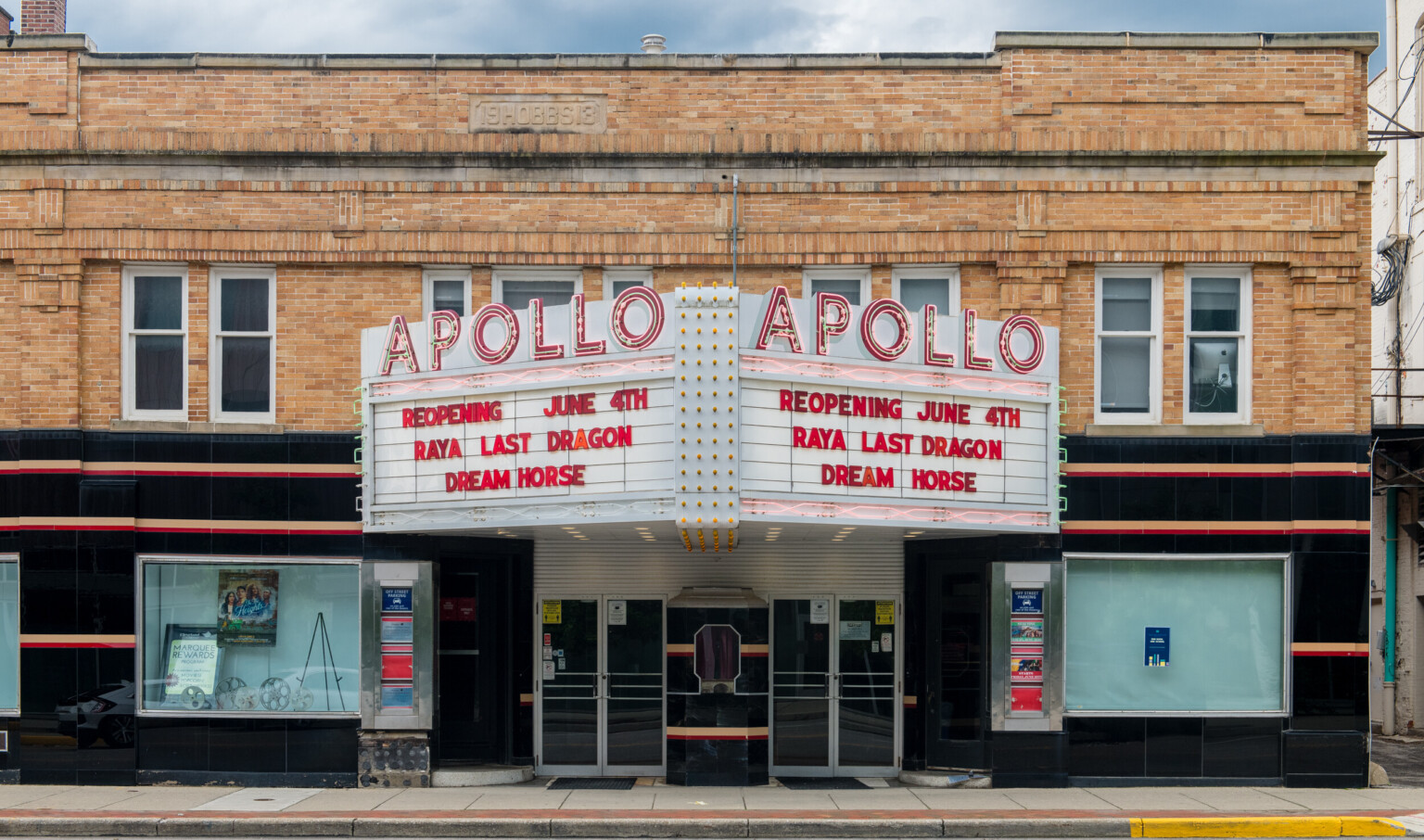
In addition to shedding more light on our industry, why should the public care about design?
WK: Because it is integral in everything that we do and what the community does. It’s like this idea that if you don’t notice it/it’s not intrusive, then it was done perfectly. But that can lead us to forget it’s there altogether and therefore miss stories that connect us. Knowing even a little bit – a fun fact, a design detail – gives us a greater sense of appreciation of our surroundings, where we’ve come from, and how we got here.
In today’s visually stimulating world, pretty pictures often take front stage. But AWA is here to share the story behind the pretty picture. With DLR Group, we share facts and stories that educate our community in a fun way leading to, what we hope, are moments of pause that have you go, “Wow, I have lived here my whole life and never noticed that building before.”
If the idea behind AWA is distinctive design and unexpected narrative, if it’s about looking at the history of place, if it’s about looking at the world a little differently, then design is integral to what AWA is all about.
DB: We have found that bringing awareness to the propinquity and accessibility of design within everyone’s daily lives lends a new significance to our audiences. Our partnership has opened a new door to bring our promise – elevate the human experience through design – to more neighborhoods around the globe.
What do you feel is the impact of design on our culture?
WK: Think about the last time you were on the hunt for an apartment, house, etc. For most of us, we know the place the moment we walk in. It’s this intangible feeling of home that permeates us. For me and Amanda, that feeling comes from a place with a history. A place with a story. So, not only are there incredible sustainable benefits of saving places, but preservation and adaptive reuse are vital to the longevity of our communities. Why? Because stories are what connect us. And, as cliche as it sounds, every place certainly has a story to tell.
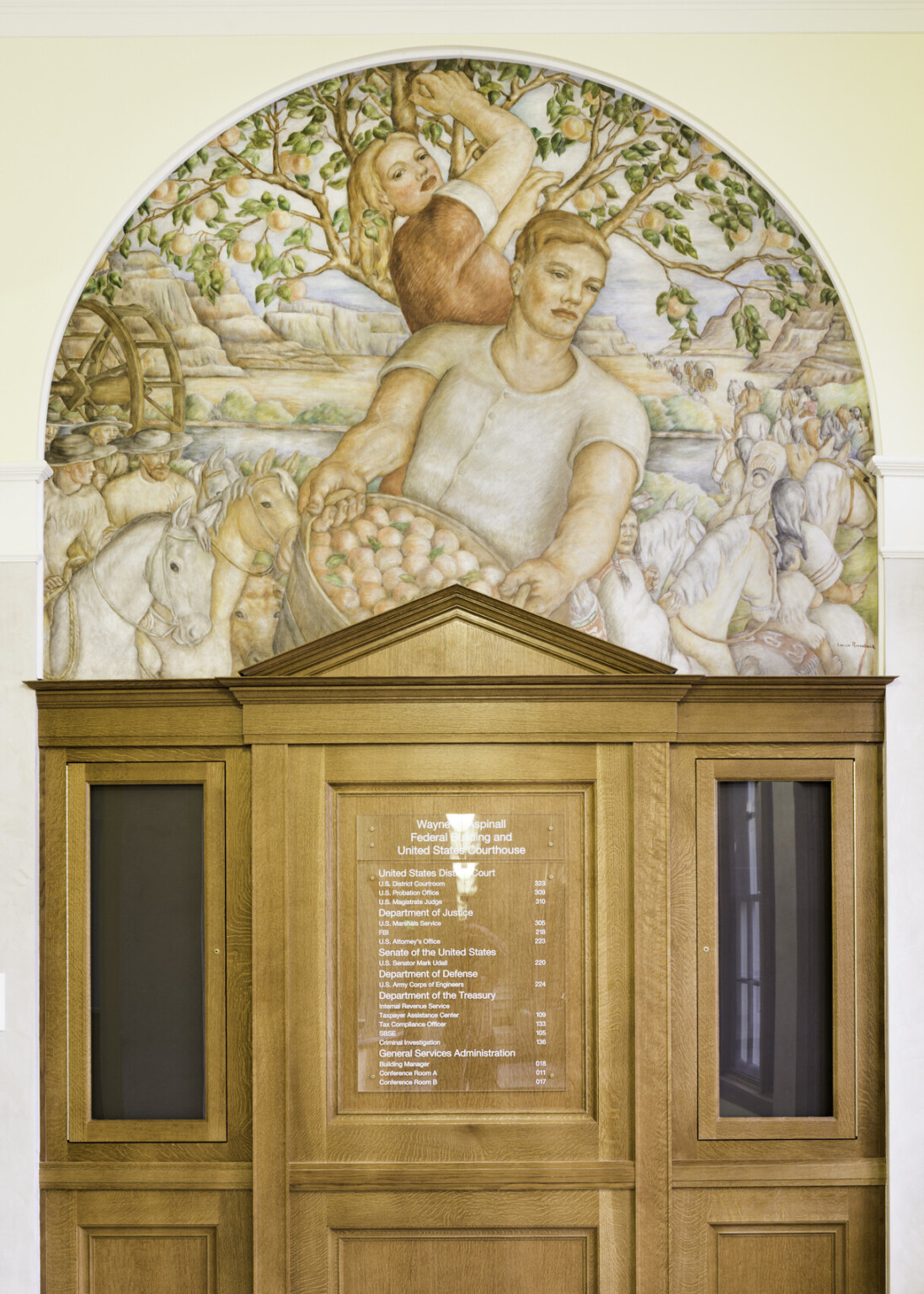
When it comes to hearing stories from your audience, what do you love most?
WK: We love it when someone shares more details or stories about a place we share. We learn just as much from our audience as they do from us. For example, when we shared a story on Buckingham Palace, an Instagram user commented on the post with a family story. She said that a family member of hers used to work in the palace back in the 60s and 70s as a housekeeper and was sometimes paid in the Queen’s gowns! Or when we posted a photo of a long-standing bakery in NYC, the great-grandson of the original owner chimed in sharing personal details of why the facade was painted a certain color. It’s personal stories and insights like this that you can’t find with a Google search.
__________________________________________________________________________________________
AWA’s approach to feedback and insights is much like how we approach design. We ask questions, never dictating the solution but rather harnessing input from our community and those who intend to use the space. This embodies our collaborative and creative culture, leading to solutions we couldn’t have developed on our own. And it’s what our partnership with AWA thrives on. Together, we’ve pushed the boundaries of what we both do to create something different and new. And in doing so, we highlight the beauty of the world around us – both near and afar – while bringing depth and purpose to the story beyond the façade.
Explore more of our Adventures with AWA.
To receive ideas like this directly to your inbox, subscribe to our email list.
